New Year Traditions in Hawaii
Posted by Maris on 26th Dec 2023
Around the world, the start of a new year is a time for happiness and introspection, and celebrations are infused with the distinctive flavors of each culture. Hawaii, a tropical paradise, celebrates New Year's with a bright modern attitude mixed with rich traditions. Let's explore the diverse range of New Year customs observed in Hawaii, where the spirit of aloha permeates every aspect of life.
Hau’oli Makahiki Hou: A Glance at the Ancient Hawaiian New Year
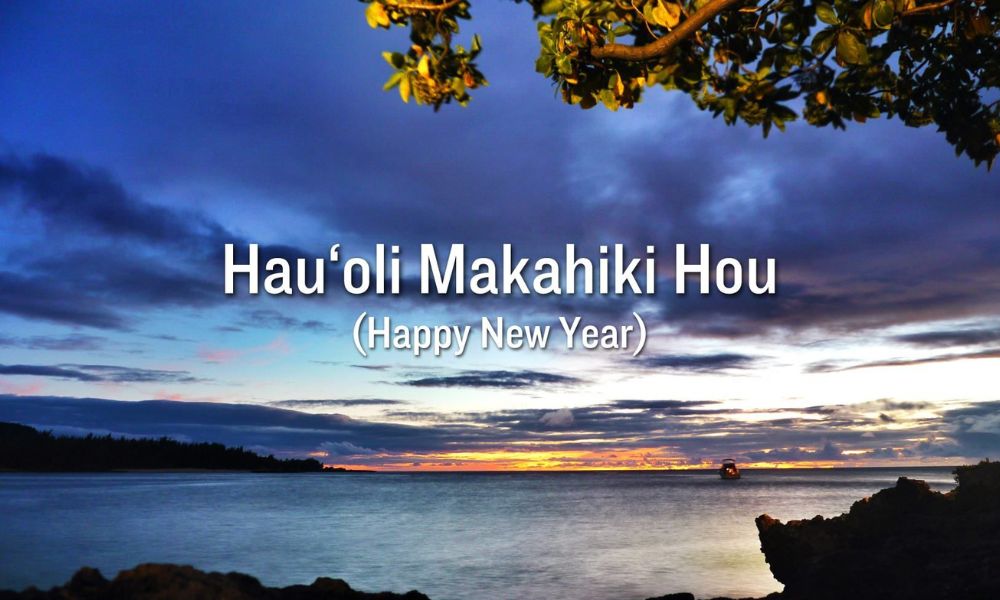
The Aloha State's New Year's celebrations are just as colorful as the islands. In the past, Hawaiians observed the New Year, or Makahiki, as a few months of prosperity and harmony. The people celebrated the abundance of the land and sea by playing games, participating in sports, and hula dancing during this period when fighting was kapu (forbidden).
Stories, dance, and music are all essential components of Hawaiian New Year festivities. The ukulele and slack key guitars strumming in time provides the soundtrack to these celebrations. Hula dancing is a stunning, flowing dance style that conveys stories about gods, legends, and daily life. Elders also play a big part in keeping the culture alive and prospering into the new year by passing down old Hawaiian tales and legends through mo'olelo, or storytelling.

Modern New Year’s Eve Celebrations in Hawaii
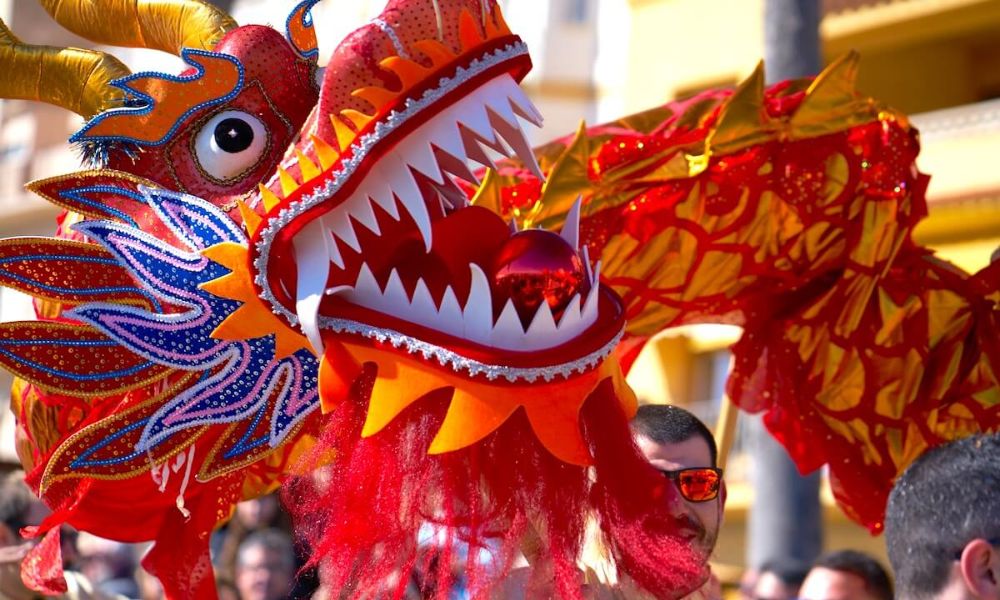
The ways that Hawaiians celebrate the New Year have evolved along with the times. The festivities of today are a colorful fusion of the old and the new, all wrapped up in a tropical environment that is exclusively Hawaiian. There are lots of events, live music, and delectable food on the islands. Public gatherings and fireworks shows at Waikiki Beach and Aloha Tower Marketplace are popular occasions. People from all across the islands come to these activities, which create a lively scene that perfectly captures the essence of a Hawaiian New Year. But Hawaii's unique blend of traditional and modern features makes it stand out.
Locals use Makahiki practices to preserve their heritage. Joy and prayer characterize the Makahiki season, which is devoted to wishing for a plentiful harvest, family well-being, and land prosperity. In modern Hawaii, the new year's celebration has become a cosmopolitan occasion that skillfully combines the ancient Hawaiian Makahiki festival rituals and culinary traditions with those of immigrant populations. Hawaii delivers a thrilling New Year's Eve event that is deeply ingrained in its rich cultural tapestry by fusing the past with the present.
Hawaii's Customs for the New Year
The Hawaiian Blessing Bowl Ceremony
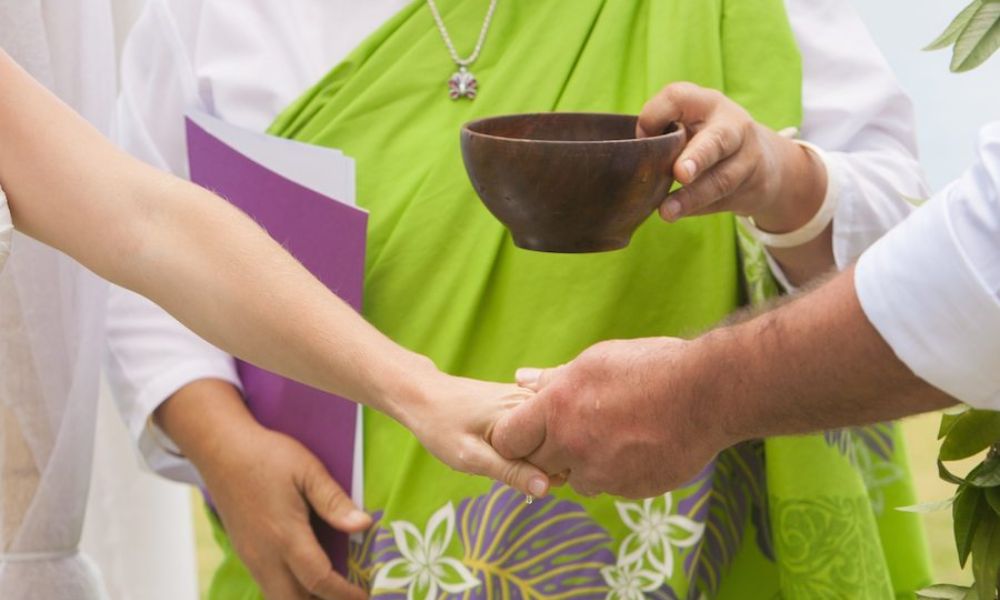
The Hawaiian Blessing Bowl ritual, also known as the "umeke ho'okupu" ceremony, is a beloved custom that represents welcoming the New Year with thankfulness and good intentions. A vital component of the New Year's rite is the bowl, which is filled with different objects that stand for different blessings. Things like seeds represent development and wealth, water represents rebirth and purity, while stones represent fortitude and tenacity. With intention and prayer, each item is chosen with care and placed in the bowl. Every family member shares their aspirations for the upcoming year while also contributing to the "umeke ho'okupu}." This ceremony embodies the deeply held Hawaiian belief in the interconnectedness of all things in a beautiful way, acknowledging the past, the present, and the future. Thus, the Hawaiian blessing bowl acts as a powerful reminder of life's bounties and the possibility of fresh starts as the New Year approaches.

Hawaii's Customary New Year's Eve Cuisine
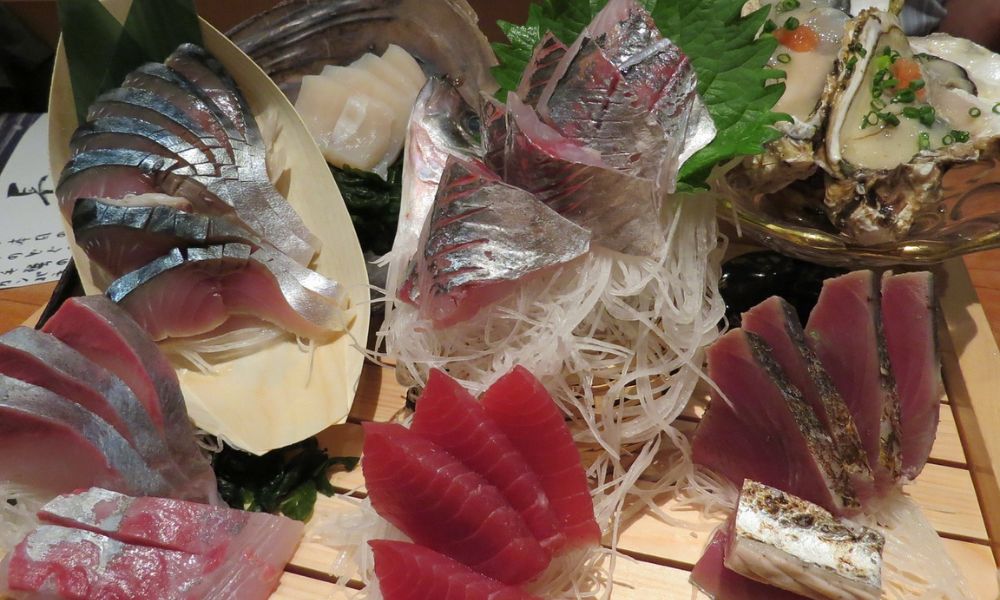
A special fusion of old Asian cooking traditions distinguishes the New Year's celebration in Hawaii. Instead of spending days preparing extravagant meals, the villagers usually start the year with a straightforward but heartfelt feast. The main course is ozoni soup and mochi, which are carefully mashed using a large wooden hammer called a usu in an antique manner. Hand-molded into mounded patties, this sticky rice delicacy represents good fortune for the upcoming year. Another beloved meal is nishime stew, which is made more simply and served with delicious huge prawns.
The popularity of sashimi, a Japanese tradition of thinly sliced raw fish, mostly tuna or ahi, is also celebrated on the New Year's table in Hawaii. Once limited to the Japanese, this custom has spread across cultural divides, delighting nearly everyone with its delectable and symbolic meaning. It's a popular culinary lucky charm that residents feel is necessary to celebrate the New Year.
Pancit is another dish that combines Chinese cooking methods with Filipino ingredients, demonstrating the influence of Filipino cuisine. Pancit, which was brought to Filipino dinner tables during the Spanish colonial era by Chinese traders, is believed to bring prosperity, health, and a long life. Since the desire for longevity is a universal attitude, this culinary practice has easily blended into Hawai'i's cultural fabric.
Fireworks' Significance in Hawaiian New Year's Celebrations
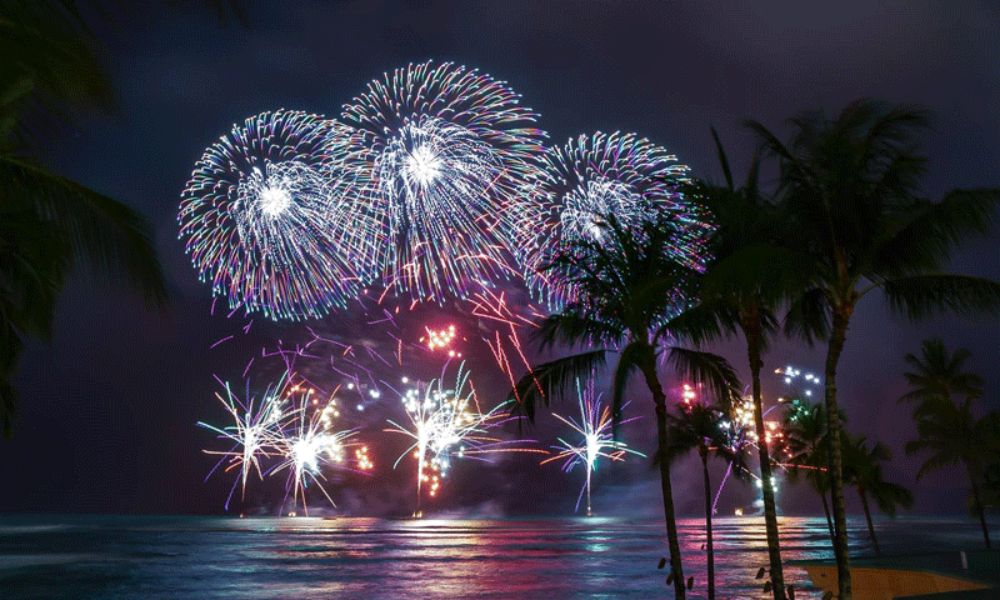
Hawaii's New Year's Eve festivities are celebrated with a spectacular fireworks show that is deeply ingrained in the islands' culture. These pyrotechnic displays are historically noteworthy because they carry on the customs of the early Hawaiians, who utilized pyrotechnics to commemorate important occasions. They represent the bringing in of beneficial energy and the warding off of negativity, and they also have spiritual significance. Hawaii's New Year's fireworks have developed into a contemporary show that combines innovation and tradition. These exhibits draw tourists from all over the world and bring communities together in joyful festivities. Fireworks in Hawaii are a celebration of resiliency, community, and the eternal spirit of aloha, set against the serene rustle of the palm trees and the steady sounds of the ocean.
First Day Hike of the New Year
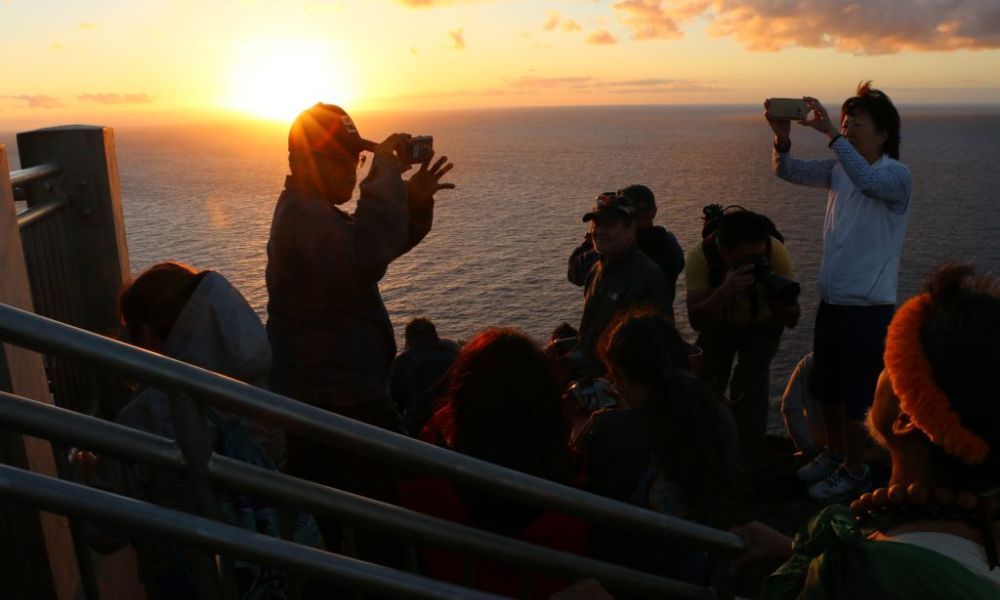
Additionally, many join the yearly First Day Hike in the Kaiwi State Scenic Shoreline to kick off the New Year's Day in Hawaii revitalizing and refreshingly. Thousands of people countrywide are invited to take part in this beloved ritual, which is hosted by America's State Parks, to start the new year off right. The magnificent Makapu'u Point Lighthouse in Hawaii serves as the centerpiece of this inspirational occasion. Attendees get the exceptional chance to see the moon set and the sun rise simultaneously as the first light of the year appears on the horizon. The hundreds of people who come out for this yearly event each year share a sense of camaraderie as they take in the beauty of nature together. It's a wonderful way to greet the new year, encouraging a bond with the surrounding natural beauty and the community spirit of people who join this early stroll.
Hawaii's Tradition of Making New Year's Resolutions
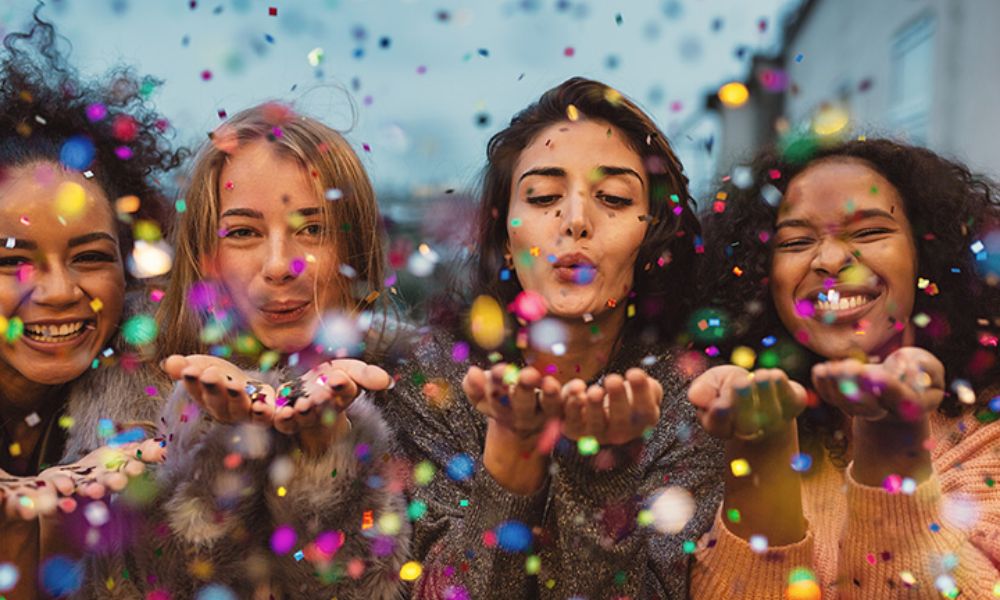
In Hawaiian culture, the idea of resolutions is ingrained in reverence for the land (aina), the community (ohana), and spirituality (mana). In contrast to the more self-centered resolutions that are frequently observed in Western cultures, Hawaiians prioritize the welfare of the community and the environment. It is customary to reaffirm commitments to harmony and balance in all spheres of life, including those of the family, community, and environment, during the Hawaiian New Year.
Resolutions made for the Hawaiian New Year frequently show a strong ties to traditional beliefs. Examples include vows to take care of the earth, or "malama ka aina," by planting trees or cleaning up the beaches. Some seek to deepen cultural bonds by expanding their understanding of Hawaiian language or customs. Personal goals could be to practice "hooponopono" (forgiveness and reconciliation) or show greater "aloha" (love and compassion). In harmony with one another and the natural world, these resolutions promote interconnectivity and mutual respect, reflecting the rich tapestry of Hawaiian values.
Festivals and Events for the New Year
Hawaii celebrates the New Year with a range of festivals and activities that combine traditional customs with contemporary festivities. Important events include the New Year's Eve Fireworks Show at Waikiki Beach and the Waikiki Starlight Luau, a Polynesian music and dance extravaganza at Hilton Hawaiian Village. Four months of festivities honoring the god Lono include sports, competitions, and religious ceremonies called the Makahiki Festival. A spectacular fireworks display, food vendors, and live music are all featured during the vibrant New Year's Eve celebration held at the Aloha Tower Marketplace. Traditional music, dancing, and food are also featured at cultural events held around the islands, giving those who want to immerse themselves in Hawaiian culture a unique experience fully.

